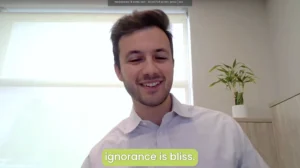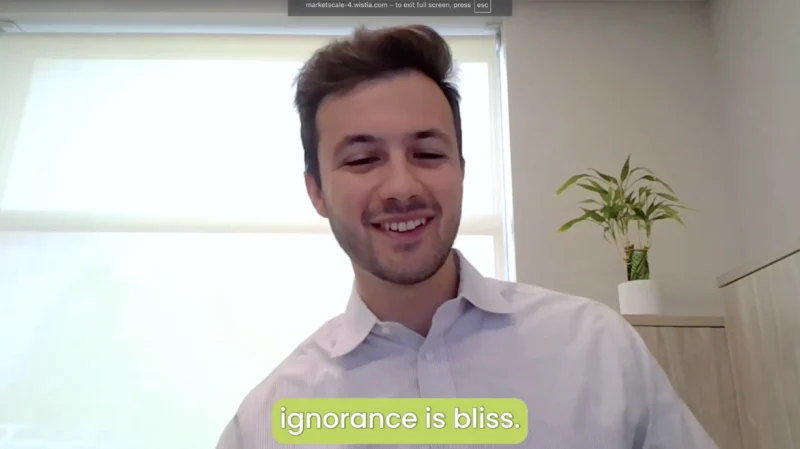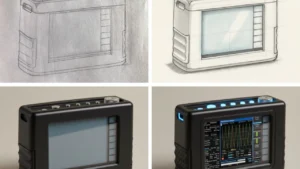What Disney’s UX Can Teach Software Teams About Designing for Behavior at Scale

Disney’s theme parks are more than just destinations for fun, they’re full-scale behavioral design engines. With tools like MagicBands, real-time location tracking, and the Lightning Lane Multi Pass planner, Disney crafts experiences that feel spontaneous, personal, and easy. But behind the curtain is a meticulous, data-informed design system. In this article, I unpack the UX behind the magic and explore what software teams can borrow to make their own products more responsive, human, and habit-forming.
Designing Delight Through Systems Thinking
The Disney experience is a carefully orchestrated flow, from the first app interaction to the moment you exit a ride through a themed shop. This is not an accident. Tools like MagicBands and the My Disney Experience app form an interconnected system that senses where you are, what you’re doing, and what you need next.
And guests don’t feel managed. They feel empowered. That’s the mark of great UX.
1. Think Ecosystem, Not Features
MagicBands. Mobile apps. Cast members with tablets. All connected. All working from the same guest data. For Disney, this means no fragmented handoffs. A ride attendant knows it’s your kid’s birthday. The hotel staff knows which park you visited.
For product teams: It’s time to drop the silos. If your onboarding, billing, and support teams don’t share behavioral context, your user experience breaks. Build infrastructure that enables insight across every touchpoint, not just the ones your team owns.
2. Behavior is the New Analytics
Disney doesn’t rely on reports to fix things. It senses congestion in real time and nudges guests to alternative attractions or dining spots. These nudges prevent frustration, redistribute crowds, and increase purchases.
For software teams: Real-time responsiveness is not a luxury. According to Amplitude, products with in-app guidance triggered at the right moment improve activation by 25–30%. Mixpanel’s 2023 Benchmark Report also found that teams using behavioral analytics are 2.5x more likely to improve retention in the first 90 days. If you notice a user stalling during onboarding, deliver helpful guidance before they bounce. Move from observing behavior to shaping it, right when it counts.
3. Frictionless UX, Frictionless Revenue
Tapping a MagicBand to pay is faster than digging out a wallet. Guests spend more, not because they’re forced to, but because it’s easy. Every tap feels intuitive.
For design: Remove unnecessary choices. Autofill what you know. Pre-select defaults that make sense. Every extra click is a potential dropout. According to the Baymard Institute, nearly 70% of online shopping carts are abandoned, largely due to friction in the checkout process. Amazon’s 1-click patent generated an estimated $2.4 billion in revenue by eliminating a single step. Frictionless design drives more than satisfaction, it drives revenue.
4. Suggest, Don’t Push
Genie suggests shows or rides nearby with shorter wait times. Guests feel like they’re making a smart decision, not being herded.
For UX: Interruptions degrade trust. Instead, layer suggestions into moments of choice. Contextual, timely prompts, especially if they save effort, are more likely to convert than any upsell modal.
5. Let the User Feel Smart
Disney’s design is proactive but invisible. Guests make choices, but they’re within a curated framework. It’s agency without overload.
For product strategy: Avoid rigid flows. Give users multiple good options rather than one forced path. Let them discover value without forcing it.
6. Design for Emotion
When Disney wishes your child a happy birthday unprompted, it creates a core memory. These moments happen because the system knows who you are.
For software teams: Personalized UX increases satisfaction by up to 20% and can lift conversions by 25%. McKinsey also reports that brands that personalize effectively grow revenue 40% faster than their competitors. Design micro-interactions that resonate emotionally, like celebrating milestones, thanking loyal users, or remembering preferences. These are the touches that users remember—and return for.
7. Anticipate the Journey
Disney knows which rides you’ve done, what you skipped, and what’s nearby. Genie builds a day plan that adjusts on the fly.
For product: Most users never come back to a roadmap. It’s on you to guide them, step by step. Use behavioral signals to recommend the next feature, next action, or next goal. According to UserTesting’s 2023 survey, 87% of users say they’re more likely to stick with a product that knows what they need before they ask. Don’t let users wander—lead them well.
Final Thoughts
Disney doesn’t just design experiences, it engineers trust, satisfaction, and behavior. What looks like magic is really a system built on personalization, timing, and empathy. Software teams can do the same.
Design systems that know your users, respond in real time, reduce friction, and feel personal. If you get that right, your product won’t need to shout. It will simply guide.
Further Reading
- Disney MagicBand UX Analysis (Fast Company, 2023)
- Behavioral Design Principles (Rogers & Fogg, Stanford)
- The Genie+ App as a Behavioral Nudge Engine (WSJ, 2022)








